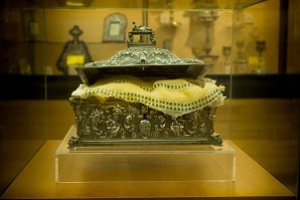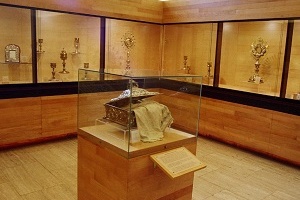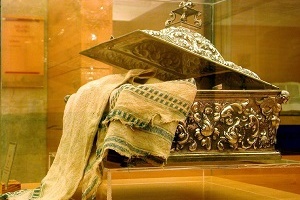Art and culture
The Holy Shroud of Coria
This relic, considered one of the most important in Christianity, is on display in the Museum of the Cathedral of Coria. The tradition goes that the shroud was used by Jesus at the Last Supper with the twelve apostles.
- Explore
- Mantel sagrado de Coria
Venerated for centuries
Location and Contact:
- Tel.:927503960
- Tel.:927508000 Ext. 290
- Email: oficinaturismo@coria.org
- Website address: mantelsagradodecoria.com
- Facebook: www.facebook.com/oficina-turismo-coria-caceres
- Opening times
Museum Hours
Autumn Winter
- Tuesday to Sunday: 10: 00-13: 30 and 16: 00-19: 00
- Closed Monday
Spring Summer
- Tuesday to Sunday: 10: 00-13: 30 and 17: 00-20: 00
- Closed Monday
- Fee
Individual: €2
Group: €1
-
This relic, considered one of the most important in Christianity, is on display in the Museum of the Cathedral of Coria. The tradition goes that the shroud was used by Jesus at the Last Supper with the twelve apostles.
The Holy Shroud of Coria is made from fin white linen with decorative bands in indigo blue and measures 4.42 metres in length and 92 centimetres in width. Its dimensions are similar to those of the Holy Shroud of Turin (4.40m x 1.10m).
There are several as to how it ended up at the Cathedral of Santa María de la Asunción in Coria. We know of its existence in the city thanks to a bull issued by the Antipope Benedict XIII, Pope Luna, who in the early 15th century granted recognition and authenticity to the shroud, generating great interest and fervour among believers. As the tradition goes, the relic appeared between 1370 and 1400 in some chests when work was being carried out under the floor of the church.
From 1494 to 1791, it was placed on public display every 3 May for the man pilgrims who come faithfully to Coria for the miracles attributed to the place. It was hung like a banner from a purpose-built balcony in the cathedral, and pilgrims could touch It when making pleas, pledges or praying. All this movement led to the deterioration of the canvas and the decision was taken to keep it in the cathedral and gradually its worship faded and it was forgotten.
In recent decades, the Holy Shroud has been the subject of research by a number of Spanish and international scientists, among them John Jackson, a former member of NASA and Director of the Turin Shroud Centre of Colorado (USA), who argues that there were two shrouds at the Last Supper: the Coria piece and the Shroud of Turin, which were made at the same time and were placed one on top of the other on the table.
The Chapter of the Cathedral and the Diocese of Coria-Cáceres consider this relic to be unique in the world and that it was present at the Last Supper of Jesus Christ and, therefore, the institution of the Holy Mass and the birth of the Church.
Coria is also known for its cathedral and San Juan festival, declared a Festival of Regional Tourist Interest, in which the bull takes centre stage. The city is located in the fertile floodplain of the River Alagón and shares a country with the towns of Montehermoso, Torrejoncillo and Ceclavín, which boast an impressive craft tradition, and also the unique special conservation area of Canchos de Ramiro, in the municipality of Cachorrilla. Very close by is the Sierra de Gata, Las Hurdes and Plasencia.
-
- Origin:
-
- 1st century
- Construction:
-
- Other
Gallery:
More suggestions
-
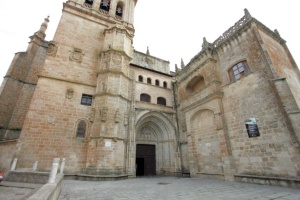
Cathedral Museum
A perfect place to learn about the history of Christianity and the city's culture in depth
-
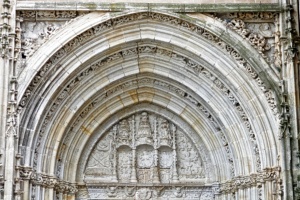
Coria Cathedral
This cathedral houses one of the most treasured relics from the time of Christ: the tablecloth from the Last Supper.
-
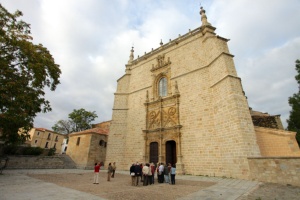
Coria, stately and Episcopal
A stroll around the town centre and a taste of the local dishes will suffice to conquer all visitors, not to mention the warmth and friendliness of the local inhabitants.
-
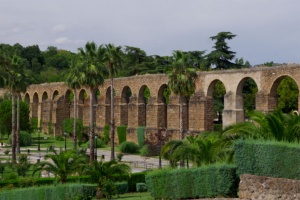
Plasencia — where culture and nature go hand in hand
The historical heritage of Plasencia holds its own in terms of the cultural interest of the other towns and cities of Extremadura, but with the added attraction of its parks.
-

Cathedral Museum
A perfect place to learn about the history of Christianity and the city's culture in depth
-
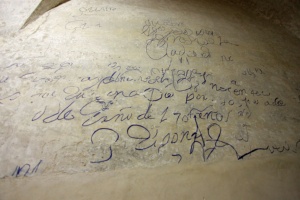
Royal Prison Museum
Just like in a bee-hive, the cells of this prison hold the essence of the main historic moments of the city of Coria
-
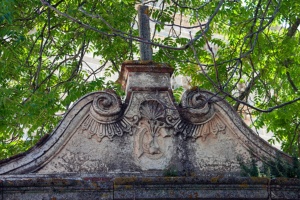
Palace of the Dukes de Alba
Originally the house was conceived as a defensive construction, but was later it became a stately home with beautiful gardens.
-
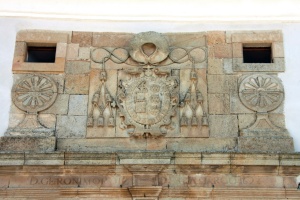
Coria Episcopal Palace
The Episcopal Palace of Coria is located close to the cathedral of this town in the province of Cáceres, and was built in the 17th century.
-
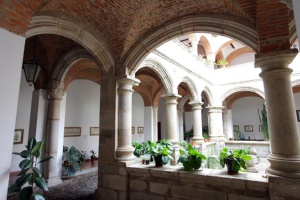
Convent of Madre de Dios
A beautiful building that was renovated in the 14th and 16th century is what remains of the convent erected by Franciscan nuns in the 13th century. It is famous for its Mudéjar paving and traditional sweets.
-

Coria Cathedral
This cathedral houses one of the most treasured relics from the time of Christ: the tablecloth from the Last Supper.
-
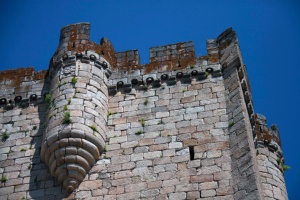
Coria Castle
Coria Castle, declared a site of cultural interest, is located in the Cáceres city of the same name and you can make out part of the Alagón River plains from its high tower.
-
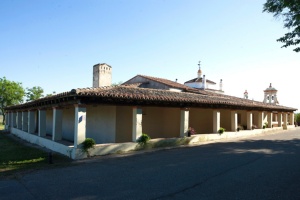
Hermitage of the Virgin of Argeme
The beautiful hermitage of the Virgin of Argeme celebrating the patron saint of Coria is a Baroque style building which the visitor will find both unique and beautiful.
-
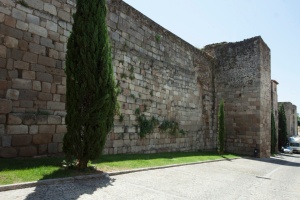
Walled enclosure of Coria
The town of Coria in the province of Cáceres is still protected by a solid Roman wall which has kept it safe from all kinds of attacks for centuries.
-
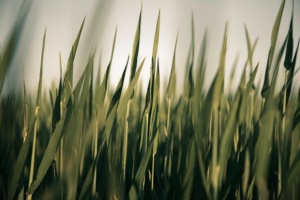
The Plane Tree of El Vivero
Visit the botanical garden of Coria and you will discover one of the trees the town's inhabitants take the most pride in conserving.

